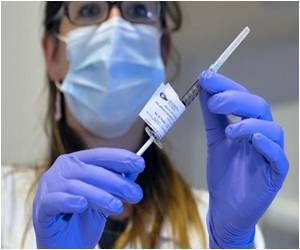Using his experience of treating Ebola-infected patients, Dr. Adam Levine derived A clinical prediction model that indicates whether a patient should be in isolation.
Ebola has affected 24,000 people during the current epidemic in West Africa. It is difficult to diagnose the Ebola virus since the early signs and symptoms resemble those of other diseases. Therefore, doctors use blood tests to identify the virus. A US doctor, Adam Levine, has developed a new tool that may help clinicians determine who is most likely to require isolation until laboratory tests confirm diagnosis. Dr. Levine developed this scientifically derived clinical prediction model, the Ebola Prediction Score, using his experience of treating Ebola-infected patients in Liberia last year.
Dr. Adam Levine is an emergency medicine physician at the Rhode Island Hospital and The Miriam Hospital. For the study, he used patient data collected during routine clinical care at the 52-bed Bong County Ebola Treatment Unit (ETU) in Liberia. Typical predictors for Ebola virus disease (EVD) include fever, nausea/vomiting, diarrhea, fatigue, abdominal pain, loss of appetite, muscle pain, joint pain, headache, difficulty in breathing, difficulty in swallowing, hiccups, unexplained bleeding, and exposure to a suspected or confirmed EVD patient within 21 days. In Levine’s Ebola Prediction Score tool, six of those symptoms are included, sick contact, diarrhea, loss of appetite, muscle pain, difficulty in swallowing and absence of abdominal pain.
Dr. Levine said, "There is a lag time between a suspected case and a confirmation. The Ebola Prediction Score will help clinicians risk-stratify patients already meeting one or more suspect definitions of EVD."
The study is published in
Annals of Emergency Medicine.
Source-Medindia













